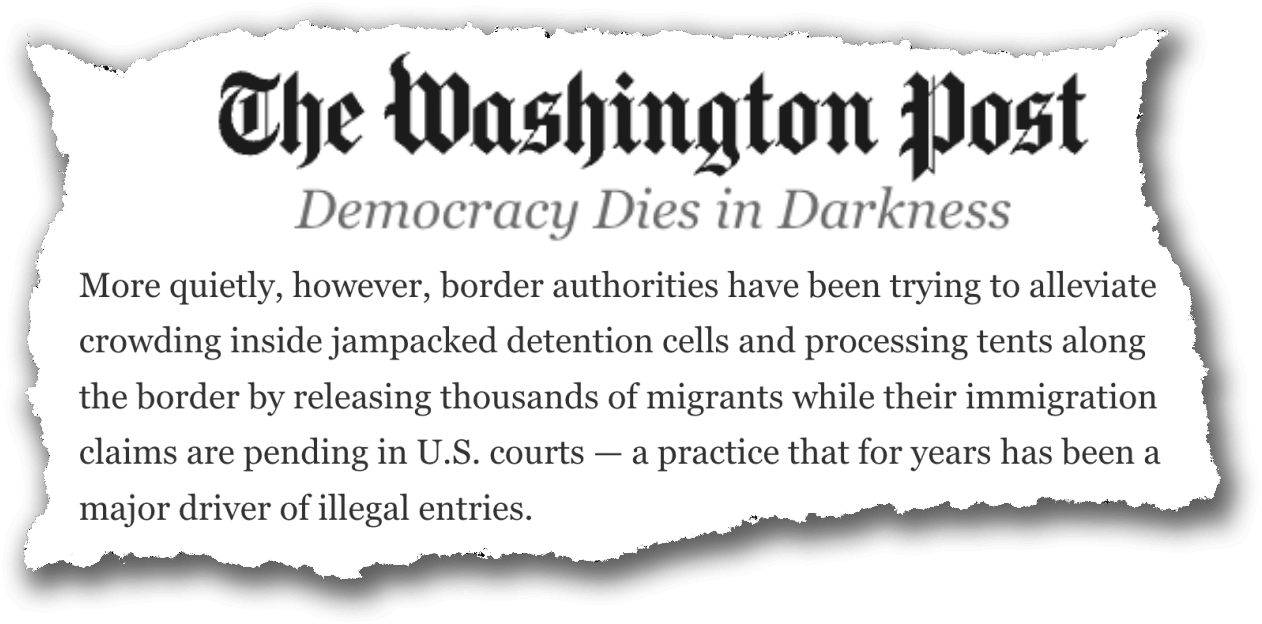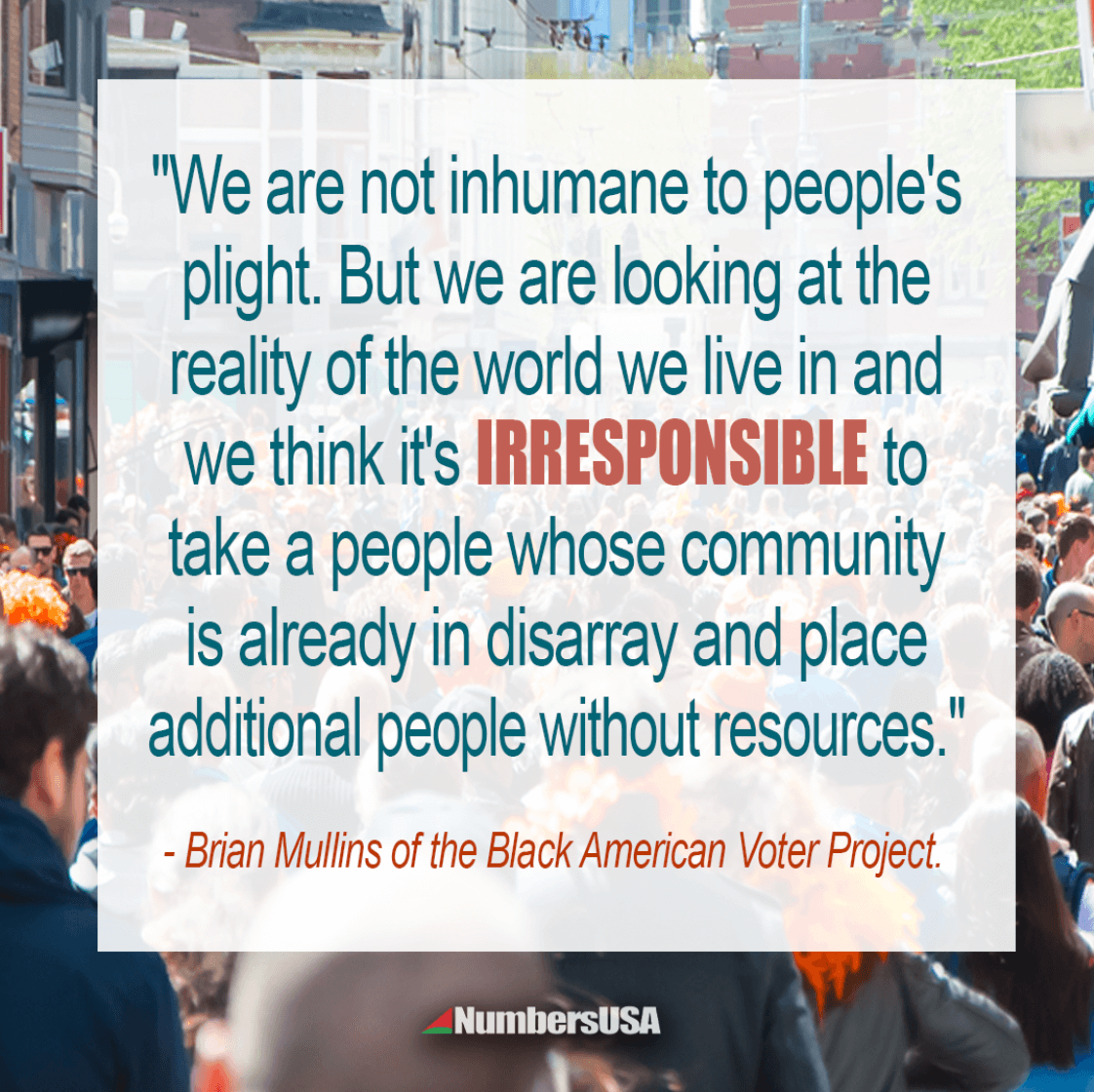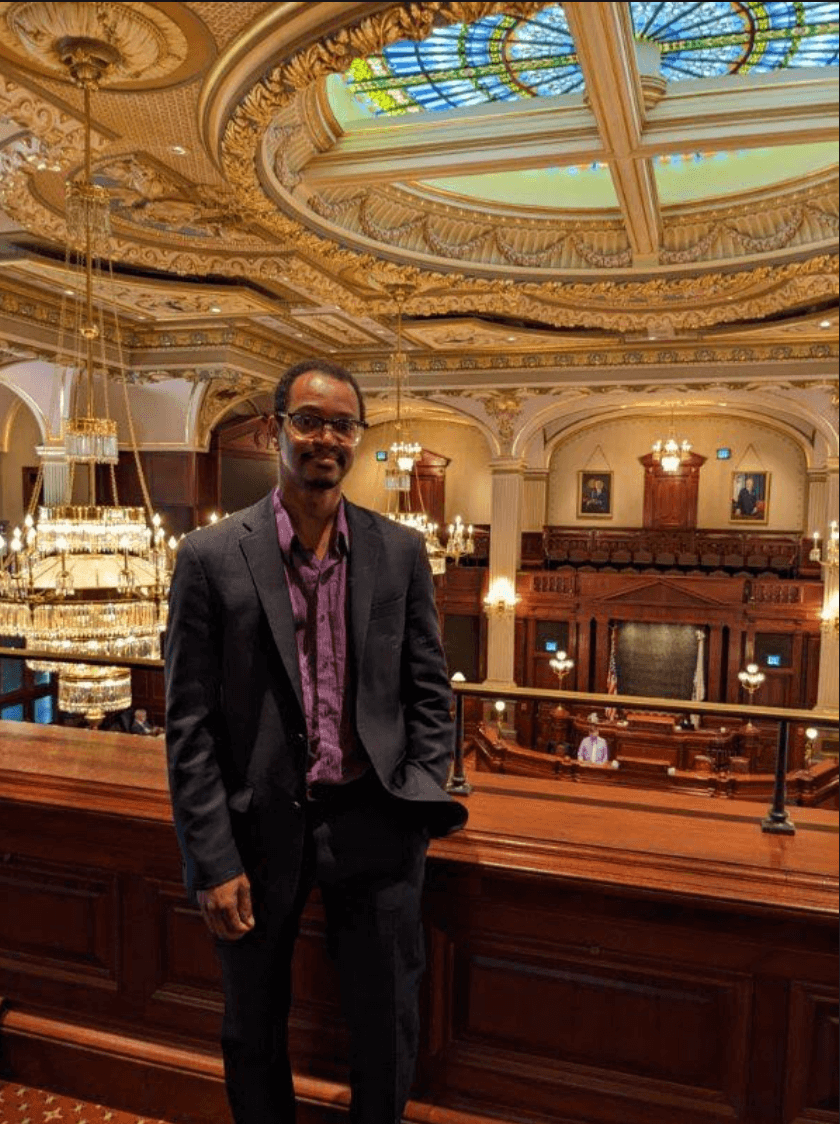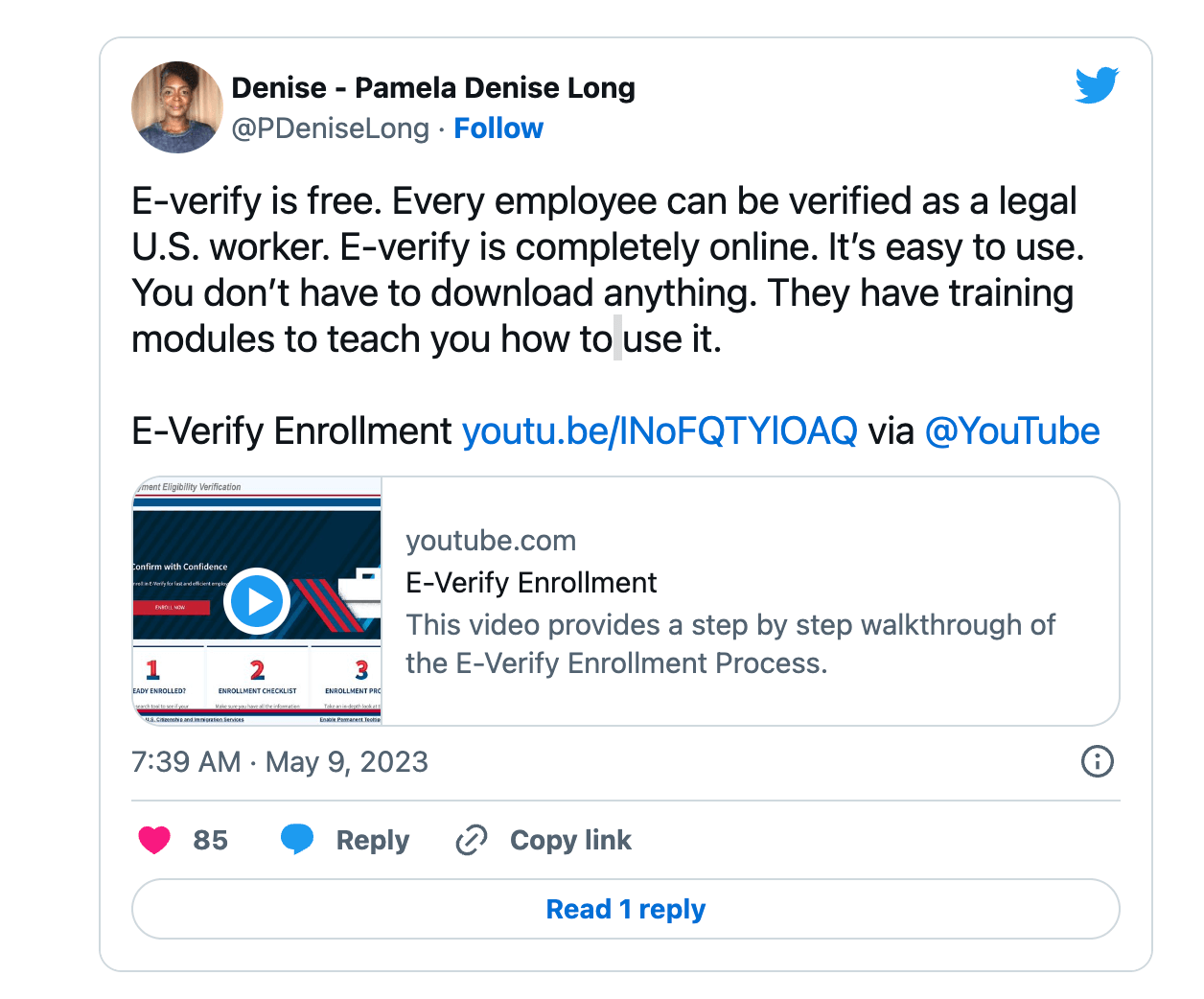
As the border crisis spreads out across American towns and cities, two general approaches have emerged.
The first – epitomized by the House-passed H.R. 2 – is prevention: hire legal workers; return or detain inadmissible aliens; grant parole on a case-by-case basis for its intended purposes (such as a medical emergency). The United States Senate just rejected the first attempt to get the law on the President’s desk (vote here).
The second is accommodation: create new pathways for unauthorized migrants to be released into the United States; disperse them among as many cities and towns as possible; and create new programs to mitigate the burden on receiving communities. This is the status quo approach.
Based on reporting from The Washington Post, roughly 15,000 unauthorized migrants are being released every week. That works out to over 750,000 over the course of a year. Expect those numbers to rise once people adjust to the post-Title 42 reality.

Cities like New York are asking for additional federal funding and calling on surrounding localities to share the load. Those cities, towns and suburbs are no more prepared for the influx of people than NYC is.

“What is happening in Orangetown [NY] is not unique,” testified City Supervisor Teresa Kenny before the U.S. House Judiciary Committee. “It is playing out all over our country as major cities are reaching capacity for migrant housing and they are sending them to other communities without any regard for whether they have the resources or capabilities to handle them.”
Recent news confirms this. Boston Medical Center is “entirely overwhelmed.” In Portland, Maine, “housing facilities are beyond capacity and Mainers in need of shelter have nowhere to go” according to Senator Susan Collins.

“The immigration status of the individuals is irrelevant to the town’s decision to seek legal recourse,” Kenny told the committee. In other words, the way in which a migrant is processed or classified by the government is irrelevant to the impact — it’s about the numbers.
“It’s understandable that people want to escape poverty,” writes demographer Joseph Chamie. “However, the number of people wishing to migrate to America amounts to many millions and the country is not in a position to accept such large numbers.”
Asked if there is “any limit at all to the number of migrants you’re willing to shelter?” NYC Mayor Adams and New York Governor Hochel declined to answer. But they are calling on the federal government to “expand and extend access to humanitarian parole for asylum seekers already in the United States and processed at the border.”
Tom Howell Jr. reports that Adams and Hochel “acknowledged that many migrants will ultimately lose their asylum claims and their work permits. They said that is a headache for the federal government to solve.”
Compassion or Corporatism?
Proponents of the accommodation strategy offer two justifications: compassion and labor shortages. “Today we stand with our business leaders,” Mayor Adams said. “We must expedite work authorization for asylum seekers.”
Batya Ungar-Sargon rejects both arguments. What kind of compassion turns children into a “valuable commodity?” she asks, “many are attached as an entry prop to people who aren’t their parents, because the United States doesn’t detain families. Once inside, the kids are sent to work menial jobs to pay off their debt to the cartels.”
Furthermore, Ungar-Sargon observes, these policies “undercut the American working class at a time when the tight labor market should be delivering huge wage increases.”
Cast Down Your Buckets…
My colleague Lisa Venus reminds me that low labor participation rates make the labor market appear better than it is since working-age Americans out of the workforce are not counted as unemployed.
Nigel Roberts reports on unemployed Black workers who have “simply given up looking for a job”:
The labor force participation for Black workers declined in April to 63 percent from 64.1 percent in March. A closer look at the numbers also show that there was a sharp decline for Black male labor participation, from 70.5 percent in March to 67.8 percent in April.”
My colleague Andre Barnes flew to Chicago to meet with residents and lawmakers who are dealing with the downstream effects of federal immigration policies.
Among the people Andre met was Brian Mullins, a local leader who has led public opposition to the proposals to set up migrant shelters in neighborhoods that have been asking for help with their own housing for years.

Hear more from Brian Mullins on the Lisa Dent podcast: Understanding the outrage over Chicago’s migrant housing plan in South Shore.
“While in Chicago,” Andre reports, “I had the opportunity to meet with state legislators, discuss Back of the Hiring Line, and even met the Chair of the state Black Caucus. I spoke with local organizers, rode a train like Joe Biden, and learned a lot about Chicago politics.”
During Andre’s stay, two new accommodationist initiatives were announced:
1) A White House initiative to “accelerate local efforts to get unsheltered people into homes in six places,” including Chicago.
2) A new position of deputy mayor for immigrant, migrant and refugee rights.
Both developments could help Chicago leaders accommodate the surge in illegal immigration, without acknowledging the surge, or the citizens it impacts. Andre’s message to residents, activists, and lawmakers was that there is only so much any state or locality can do so long as federal policies continue to allow illegal immigration at the current record levels. He also shared parts of the 200-year history of immigration surges (combined with employer bias) depressing Black wealth.
Indeed, it was not long ago that Cloverhill Bakery in Chicago was busted for hiring illegal workers. When they had to turn to a legal workforce (verified with E-Verify), they easily hired new employees, mostly African-Americans, at up to 40 percent higher wages. When elected officials say they “stand with their business leaders,” verify who those leaders want to hire, and at what wages.

NumbersUSA’s Andre Barnes inside the House Gallery of the Illinois State House of Representatives.
“The weakened political position of Black Americans is the fault of Black leaders,” writes Pamela Denise Long. “For example, of the 56 members of the Congressional Black Caucus, two dozen represent predominantly Black districts, but every single Black House member voted against H.R. 2, the Secure the Border Act, which passed the House along party lines.”
Long notes the irony that Chicago was once “a northern mecca for the Great Migration of Negroes who escaped Jim Crow segregation.” She urges all employers to adhere to an ethical obligation towards their countrymen, and to use E-Verify (which H.R. 2 would require).
“We have our own ambitious, home grown, smart, and under-resourced innovators to tend to,” Long says.

Michael Lind agrees, noting that E-Verify’s original champion, Barbara Jordan, was clear in her desire to protect American workers, regardless of race. Lind cites research that shows E-Verify also leads to improved wages for naturalized immigrants and U.S.-born Hispanics.

Support for E-Verify, Lind notes, has historically been a bipartisan issue, and he quotes Joe Biden and Ron DeSantis to make his point.


The accommodationist approach has produced record border deaths, child labor exploitation, and strain on American communities. This is a cruel kind of compassion. A better system starts with employers following the law.
JEREMY BECK is a V.P., Deputy Director for NumbersUSA